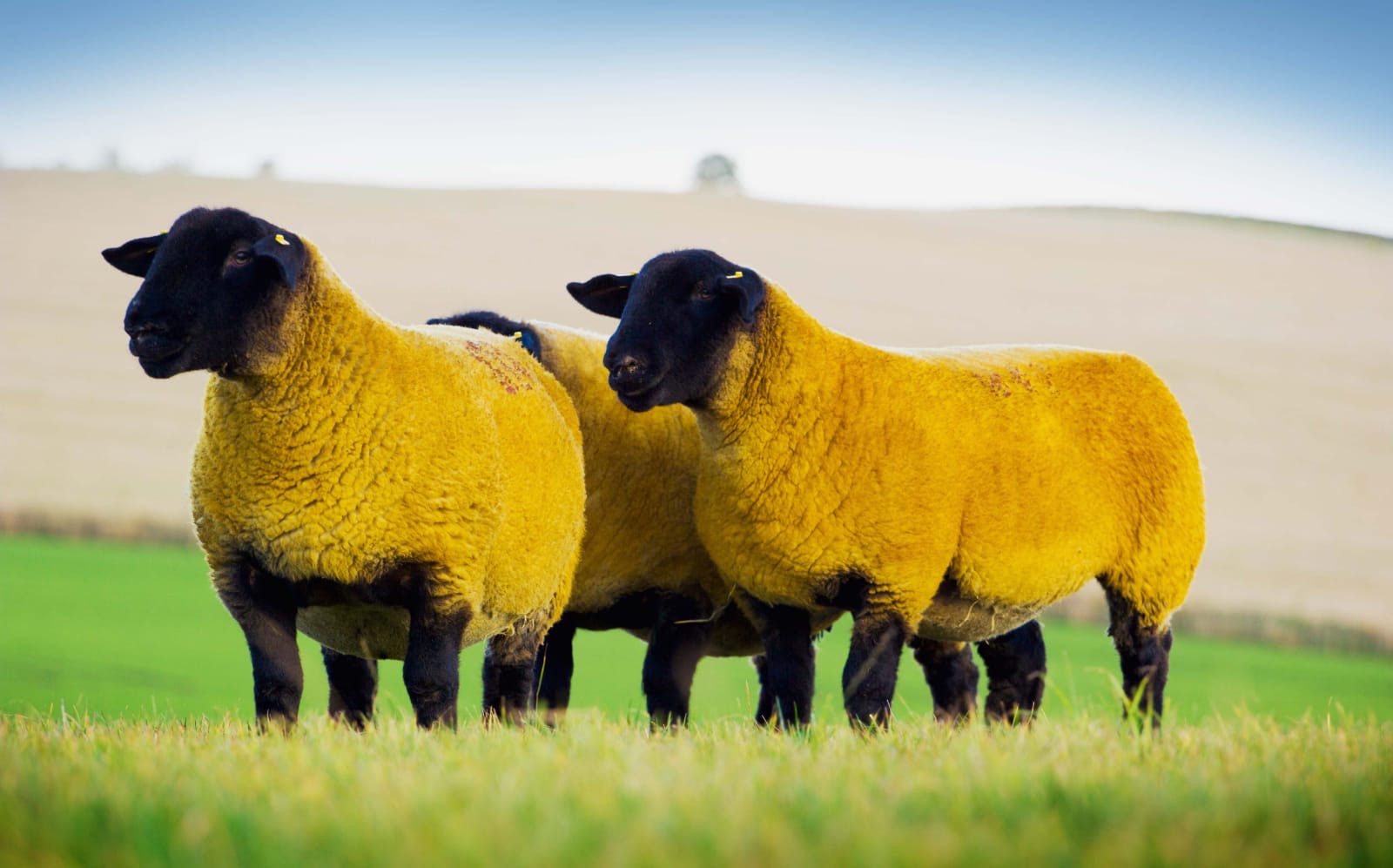EMBRYO TRANSFER (ET)
Have you identified an outstanding performing ewe in your flock?
Does she consistently breed good progeny?
Is she of high genetic value in your flock?
If you answered yes to any of these questions then AB Europe’s embryo transfer services can enable you to increase your flock’s breeding potential through the female lines. ET reduces disease risk and also enables you to obtain lambs from ewes that would otherwise be unable to carry or rear lambs themselves.
Embryo flushing and transfer is a veterinary procedure and our experienced team can offer sheep breeders:
- On-farm embryo transfer – dependant on location and a minimum of four donors required.
- On-centre embryo transfer – donors can be admitted to one of our centres. Quarantine facilities for the export of embryos can also be provided.
- Out of season embryo freezing – ewes can be flushed outside of the main breeding season and their embryos frozen for implanting in the next breeding season.

EMBRYO TRANSFER (ET)
FAQs
The AB Europe technical team answers your questions
What is embryo transfer?
Embryo transfer is the process by which fertilised embryos are flushed (removed) from a donor ewe and then transplanted into suitably synchronised recipient ewes to establish a surrogate pregnancy.
If the embryos are being transferred fresh on day 19 / 20, then recipient ewes must be programmed alongside the embryo donor ewe so that they are ready to receive the embryos.
What does an embryo transfer programme involve?
An embryo transfer programme is split into two parts; synchronisation of embryo donors and synchronisation of embryo recipients. A typical embryo transfer programme lasts 19 / 20 days.
Day 0 Insert sponges / CIDR in donors and recipients
Day 7 Change sponge / CIDR
Day 10 Super-ovulation hormone injections begin (donors)
Day 12 Sponge removal from donors and recipients
Day 13 Donor and recipient heat detection
Day 14 Artificial insemination (AI) of donors
Day 19 / 20 Embryos flushed from donors and either transferred into recipients or frozen
Day 24 Donor ewe back on heat for natural service or re-programming
Why do I need to synchronise my ewes?
The timing for AI and ET in sheep is crucial, so donor ewes must be synchronised to be on heat precisely at the time of AI and recipients programmed so they are ready to receive the developing embryos.
Ewes are synchronised using intra-vaginal sponges or CIDRs and PMSG may also be used depending on the breed of sheep and season. Organic sheep breeders can use teasers (vasectomised males) to help synchronise their ewes.
Which ewes should I use as embryo donors for ET?
Donor ewes should be proven and regular breeders in their prime reproductive years ideally, they will have responded well to previous super-ovulation. Donor ewes should be fit and healthy and on a rising plane of nutrition.
Which ewes should I use as embryo recipients?
Recipient ewes are surrogate mothers and so they should be mature with a sound breeding history and have good mothering and milking qualities. Embryo recipients should also be in general good health and on a rising plane of nutrition.
How many recipient ewes should I prepare?
On average, approximately seven embryos are collected per super-ovulated flush during the breeding season, consequently five to six embryo recipients should be prepared for each embryo donor in your programme.
Do the timings of injections and sponge/CIDR pull times matter?
All our programmes are to a schedule, please stick to them as closely as possible. Sponge/CIDR pull time is of major importance to your AI and ET programme as the timing is critical for AI.
Should I bring my ewes inside when on an AI or ET programme?
The option to programme ewes indoor or outdoor is your decision. Over the course of the programme you should try and be as consistent as possible without any sudden stressors and changes. Feeding should also stay consistent, and ewes should not be over fed.
What breed of sheep can I flush?
Please speak to your breed society about their AI/ET regulations.
Are all the embryos implanted?
Not all embryos will be suitable for transfer or freezing. Embryos are graded and only grade 1 and 2 embryos are frozen. If you do not have enough recipients to transfer your collected embryos on an ET day, we can freeze them on farm and on centre.
What care do my sheep need after embryo transfer?
The embryo begins to implant into the recipient’s uterus about 10 days after surgery so the three weeks following ET are crucial. During this period, all unnecessary stress, including handling, should be avoided at all costs. Ewes should be provided with good quality hay and water for 24 hours after surgery and then returned to grazing similar to that during the four weeks pre-surgery. Beware of overfeeding ewes during these first three weeks – overfeeding or access to rich pastures can have a negative effect on embryo development.
Do I need to DNA test my animals?
Breed societies will give you information about DNA regulations for rams and donor ewes. Note: this is your own responsibility.
How much does embryo transfer for sheep cost?
Prices vary dependant on numbers, ET prices are between £310 – £625/ewe. Please remember there are additional costs for farm visits and semen collections. You will also incur costs for drugs and your time. For further information on costs, and to get a specific quote for your circumstances, please contact your local AB Europe centre.
Where do you provide AI and ET?
We visit farms all over the UK and Northern Ireland and have 3 centres. We generally do not visit farms for less than 30 AI ewes and/or 4 ewes to ET. We can
programme/donor injections for ET at our centres (please contact us in advance if you wish to use this service) or you can programme yourself on farm and bring them to the centre on AI day and on ET day.
What staff do I need on AI and ET days?
Whether you come to the centre or we come to your farm, you need to provide 2 or 3 able bodied staff members to help with the sheep work.
Will transporting ewes affect AI and ET?
Transporting ewes to and from our AB Europe centres will not affect the number of embryos they produce or the recipients hold rates. Please see our three locations to decide your nearest centre.



